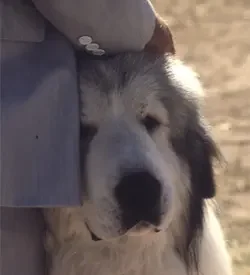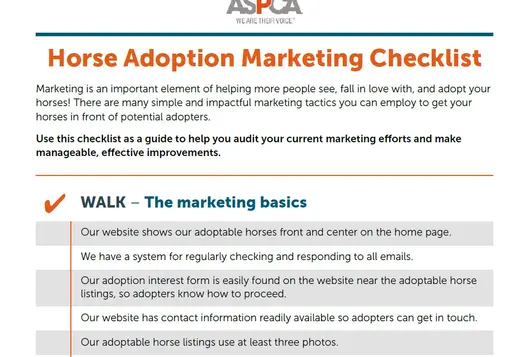Four Paths to Adoption Success

Dog-behavior expert Patricia McConnell says remembering some simple tips in four key areas can help smooth the transition period for your adopters and their new pets.
No. 1: Educate, Don’t Overwhelm
Provide adopters with useful information, but not too much of it. There’s nothing like information overload to shut a person down. Some shelters have created short, snappy documents to cover the basics and provide resources where adopters can find more information. Check out Boulder Valley Humane Society’s one-pager on welcoming a dog into the family.
No. 2: First Day Protocol
An adopter’s first day with his dog is an exciting one. However, if it’s not done thoughtfully, the adoption can get off to a bad start. McConnell recommends the following to get the relationship started on the right paw:
- Go home. Encourage new adopters to take their dog straight home after picking her up – and tell them ahead of time so they can plan accordingly. As tempted as they may be to stop and get pet supplies or show off their new pup to friends and family, the sooner they get the dog home, the sooner they can all settle into their new lives – and providing calm and routine will make that happen a lot quicker.
- Leash up. It is critical that new adopters keep their dogs on a leash at all times during transport. Suggest to adopters that they bring someone along to help with the dog in the car, especially if the dog is not going to be crated. Tell adopters to keep a firm hold on the leash before opening the door and to be prepared for the possibility of the dog trying to bolt.
- Enjoy the outdoors. Tell adopters that once they’re home they should remain outside with the dog on leash until she urinates, and ideally until she defecates as well. From day one the dog will start to learn where the adopter expects her to relieve herself.
- Control the environment. Inside the house, suggest that adopters keep the dog on a leash for a while in order to slowly introduce her to the new environment. Once the adopter is comfortable, the leash can be removed.
- Introduce slowly. If possible, introduce the dog to each family member separately. That way she’ll have the opportunity to get to know the sight and smell of each individual without being overwhelmed.
No. 3: Adult Dogs
Older dogs are more likely to be returned to shelters than younger dogs. McConnell believes that this is at least in part due to adopters assuming that an older dog should already be completely trained, and not realizing that the dog needs time to adjust. And, unfortunately for an adult dog, he doesn’t have big, round eyes and a pudgy puppy body (both of which are known to trigger oxytocin in humans) to temper the adopter’s frustration. Give adopters of older dogs a heads-up that it can take months to form a bond with a dog – and up to a year for a new dog to settle in to his new home. And let them know that the bond they’ll forge with their senior is well worth the wait.
No. 4: All Hail the Resident Dog(s)
While it’s important for a new dog to get plenty of one-on-one time with the new adopter, adopters need to also make sure the resident dog is getting plenty of specialized attention. The resident dog’s routine should be kept as familiar as possible. Let adopters know that handled properly, the relationship between the resident dog and the new pet will blossom over time.
More Helpful Tips
In her book Love Has No Age Limit, McConnell stresses two words: patience and faith. On Dog Adoptions with Staying Power, read how these attributes can help ensure your adopters forge lasting bonds with their new family members.
To learn more, listen to the recording of Patricia McConnell’s webinar on Increasing the Odds of a Successful Adoption.
Learn about McConnell's other webinars:
First photo courtesy of Patricia McConnell
Second photo courtesy of Wendy Wilson
We have lots more on this subject:




